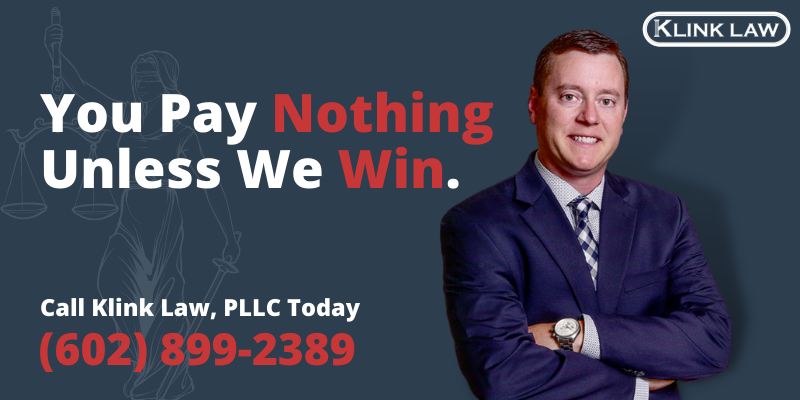Causes Of Trampoline Park Accidents
Trampoline park accidents in Arizona can stem from various causes. But, in order to successfully file a personal injury claim, it’s crucial to identify if the cause was from the trampoline park or employee negligence, or if the guest injured themselves through carelessness. A Phoenix trampoline park accident attorney will be best suited to help you determine who was at fault. Some reasons for accidents at trampoline parks include:
Energy Transference On The Trampoline
Trampolines are created so that each time someone jumps on it, the energy is transferred. If there’s more than one person bouncing on the trampoline, their movements will affect others, resulting in potential injury if somebody is bounced too high or unexpectedly.
Design Flaws
Defects in the design of how the trampolines are made and linked may also result in injury. The majority of trampoline parks feature several trampolines connected together rather than a single huge trampoline. If the trampoline pads aren’t properly linked, they might affect how a jumper bounces. They can sprains and other injuries to their legs or other body parts if they don’t receive adequate energy transmission when jumping.
Unsafe Jumping
Jumpers who break the rules of the trampoline park and participate in unsafe jumping, such as performing somersaults, flips, or “double bouncing” are at a much higher risk of getting injured or injuring others.
Too Many People Jumping
If a trampoline park allows too many individuals to bounce on the trampolines at once, there is a greater danger of harm. The maximum number of jumpers permitted to bounce on the trampolines at one time should be two or three.
Missing Protective Parts
Jumpers can easily become hurt if they fall, land incorrectly, or strike a hard surface if the trampoline course fails to provide appropriate safety measures. The following are some of the most frequent reasons for accidents at trampoline parks:
- No adult supervision when children are jumping
- Insufficient staff supervision
- Improper assembly of the trampolines
- Jumping by children who are too young to properly use the trampoline
Common Injuries Incurred In A Trampoline Accident
Common trampoline injuries can range from mild to severe, and unfortunately, they are all too common. In fact, an estimated 100,000 emergency room visits occur each year because of an injury suffered on a trampoline. Moreover, the American Academy of Pediatrics strictly advises against “recreational trampoline use by children” unless direct supervision from adults is present, protective measures are enabled such as padding, there’s only one jumper per trampoline, and no somersaults or flips occur while jumping. Even if these safety guidelines were put into place at every recreational center offering trampolines, it’s unlikely that they would be followed. Because of this lackadaisical attitude towards safety precautions in regard to trampolines usage among many people today, common injuries associated with visiting a recreational facility that offers them include:
- Broken bones, such as to the arms or legs
- Head trauma
- Traumatic brain injuries (TBI)
- Dislocations
- Sprains and strains
- Spinal cord injuries
- Neck injuries
- Back injuries
- Contusions, abrasions, and scrapes
- Facial bone injuries
Younger children are far more likely to be injured at a trampoline park than adults, but no one is immune to the risks of this sport. If you or a loved one have been injured at a trampoline park, contact our Phoenix trampoline accident attorney today for a free consultation.

